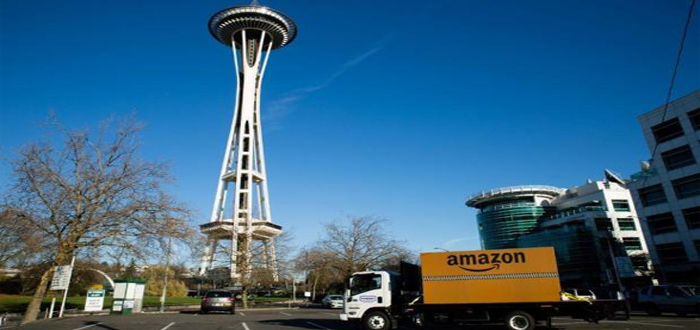-
Nutrivend selects Forterro’s Orderwise to support online expansion and streamline operations - April 11, 2025
-
ARROWXL LAUNCHES AMBITIOUS ZERO WASTE ROADMAP - April 8, 2025
-
THE BCMPA’S NEW CAMPAIGN DRIVES OUTSOURCING SUCCESS IN Q1 - April 7, 2025
-
BLACKOUT TECHNOLOGIES TARGETS TELEMATICS-INTEGRATED MOBILE DEVICE BLOCKING TO COMBAT SMARTPHONE DISTRACTION - April 1, 2025
-
Sparck Technologies awarded Royal designation - March 27, 2025
-
OpenADR Alliance announces first OpenADR 3.0 certified products with EVoke Systems, E.ON Energy and Universal Devices - March 25, 2025
-
Growing fulfilment and contract packer appoints new Managing Director - March 25, 2025
-
When is it time to invest in a WMS? Understanding the key trigger points - March 25, 2025
-
eCapital helps Vantage Recruitment on its journey to financial success - March 24, 2025
-
Hugo Beck Celebrates 70 Years of Packaging Innovation with Open House Events - March 20, 2025
Urban logistics: How can sustainable distribution be achieved in European cities by 2030?
Europe needs less regulation, more planning and more pricing for urban logistics according to a major study MDST has completed for the European Commission on urban freight transport (UFT). The pan-European study reviewed existing practices and measures that are employed by both the public and private sectors across the EU to maximise the effectiveness of “last mile” deliveries in urban areas and provided recommendations for future policy initiatives at a European level. The overall policy objective for the study, given the EC’s objective of “essentially CO2-free city logistics in major urban centres” by 2030, was “sustainable urban distribution”; this combines maximising the economic efficiency of distribution in urban areas while minimising the environmental and social impacts.
Actors in the freight industry are continually seeking to reduce their costs in order to remain competitive but there remains an element of market failure because only a proportion of the net externalities generated by freight movements to, from and within urban areas are reflected in the price charged by freight operators to its customers. In the long term, therefore, a comprehensive system of road pricing at a European level including urban road networks could provide significant benefits. Such a system would provide appropriate price signals to the market and should lead to a reduction in other regulations and the removal of all direct and indirect subsidies to the freight transport industry. Governments will find that fuel tax revenue will begin to decline as more efficient engines reduce consumption per kilometre, making explicit road pricing attractive to finance ministries.
In the short- to medium term, there should be greater focus by city authorities on harmonising regulations at a regional or national level to reduce the regulatory burden on the road freight industry and a greater focus on the implementation of ITS to assist freight operators, as well as a more structured approach to providing a network of on-street loading and unloading bays.
This will require a greater emphasis on planning for freight activity in major cities through so-called Urban Logistics Plans (ULPs), which should be based on establishing knowledge of the freight industry through data collection, thorough industry consultation and ex-ante and ex-post evaluation techniques. The adoption of ULPs by city authorities would provide a consistent long-term strategic planning approach to freight policy in major European cities, which would allow the freight industry to invest in equipment and operational practices to secure more effective UFT in the future.
It is only through private sector action, working in close collaboration with the public sector and within a consistent long-term policy framework, that the European Commission’s objective of “essentially CO2-free city logistics in major urban centres” can be achieved by 2030.
































